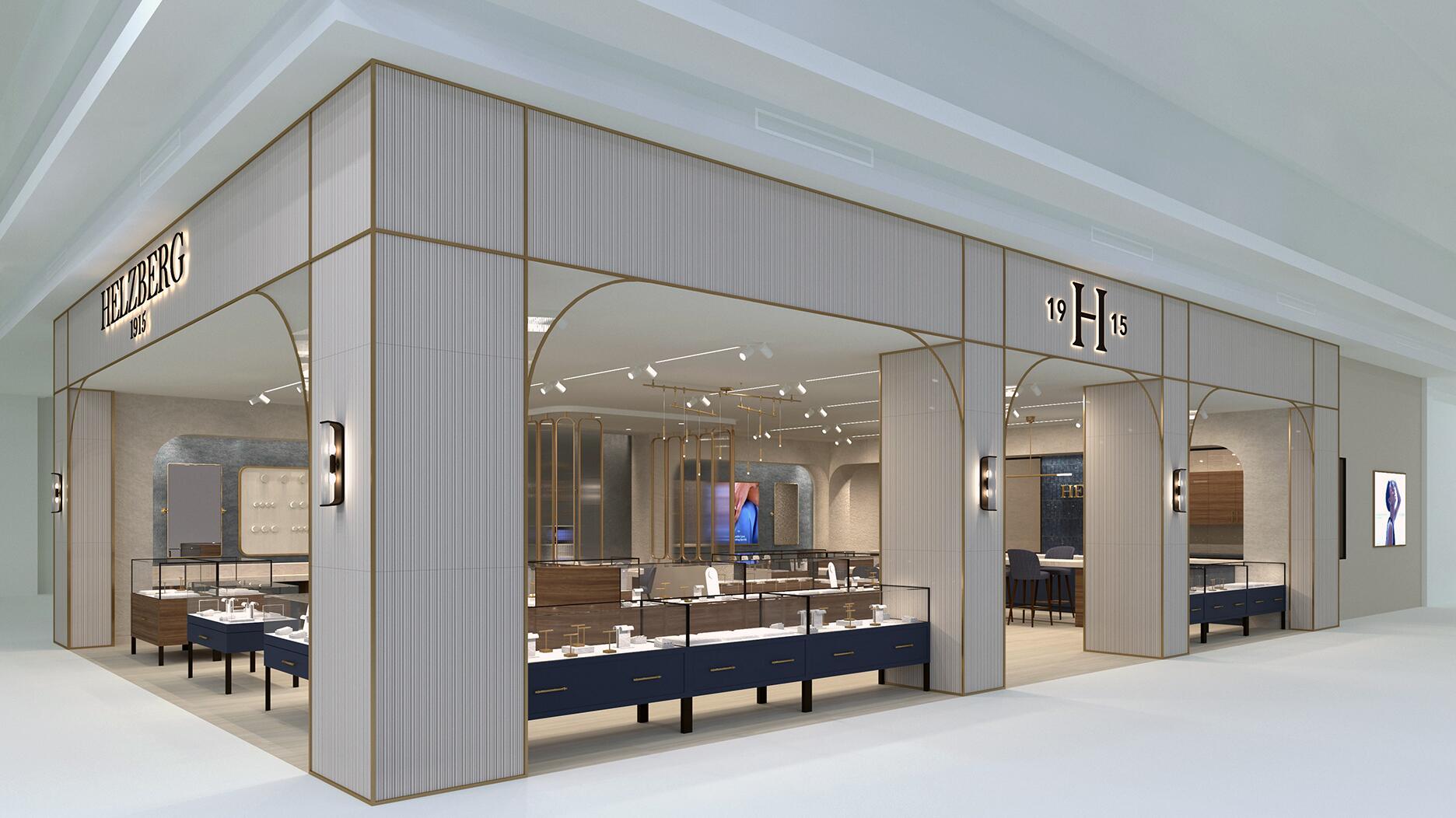The new curation at the Natural History Museum of Los Angeles County showcases rare gem and mineral specimens in their uncut, natural state.
Retail Rewind: The Year of Chapter 11
From Neiman Marcus to Lord & Taylor, here’s a look back at the biggest bankruptcies of the year and where the retailers are now.

I put this list together last year and I tried to end on a cheerful note, encouraging readers to raise their glasses to a revamped retail landscape in 2020.
When they say, “be careful what you wish for,” this must be what they mean because retail certainly got an overhaul this year.
Here’s a look back on the retailers with fine jewelry connections that filed for Chapter 11 bankruptcy protection this year and a look at what’s next, for some of them.
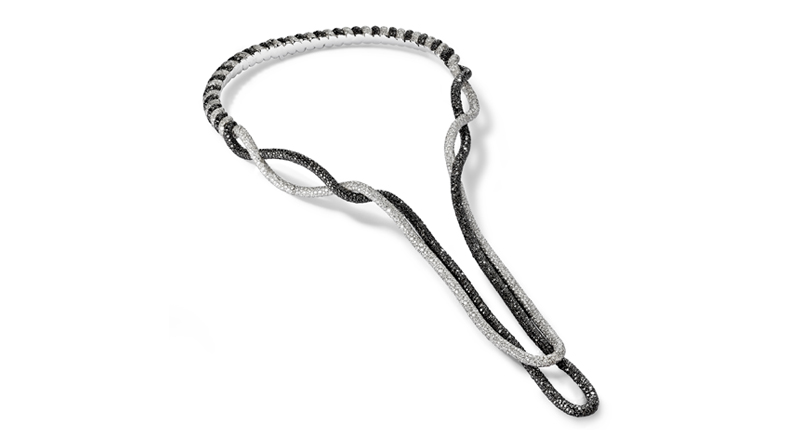
De Grisogono
Luxury jewelry house De Grisogono was one of the first notable bankruptcies of the year.
The company filed for bankruptcy in Switzerland in January after getting tangled in a corruption investigation in Angola.
An investigation by the International Consortium of Investigative Journalists and 36 media partners said the company played a key role in a money-laundering scheme that funneled billions of dollars from the Angolan government into the coffers of the former first family.
De Grisogono told National Jeweler at the time that it spent several months looking for a buyer, but ultimately came up empty-handed, filing for bankruptcy due to insolvency.
By February, its U.S. division had filed for Chapter 7 bankruptcy in New York.
The company’s statement did not address what would happen to its stores, including 13 boutiques at the time of filing.
De Grisogono’s New York boutique, located on Madison Avenue in Manhattan, is listed as temporarily closed via Google Maps, while its store in Las Vegas at The Crystals is listed as permanently closed.
The jeweler’s website, DeGrisogono.com, no longer appears to be active.
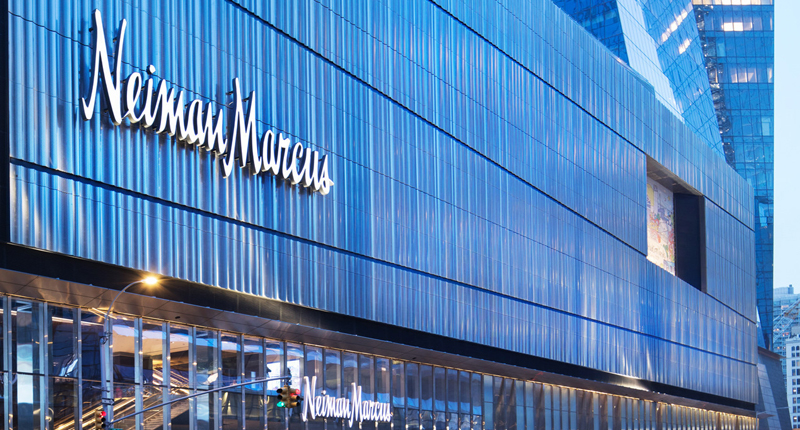
Neiman Marcus
Neiman Marcus was among a handful of major retailers filing for bankruptcy in 2020.
The luxury department store chain filed Chapter 11 in May amid its struggle with mounting debt.
The COVID-19 pandemic caused an “unprecedented disruption,” said the retailer, leading it to temporarily close its 43 locations and furlough 14,000 workers.
The retailer announced plans to reorganize and emerge from bankruptcy by the fall. And it made good on that promise, completing its restructuring process and reducing its debt.
It also found new owners, including investment firms PIMCO, Davidson Kempner Capital Management, and Sixth Street.
The most notable closure was its Hudson Yards location, a 188,000-square-foot store in the new and upscale New York City shopping center.
Call it a holiday miracle, or just the power of hundreds of millions of dollars in financing, but Neiman Marcus is in the swing of the holiday season, offering in-store and online shopping as well as virtual appointments.

JC Penney
JC Penney also filed for Chapter 11 bankruptcy protection in May.
The culprits were the same: mounting debt and the effects of the coronavirus pandemic.
Due to COVID-19, the department store chain temporarily closed its more than 850 locations and furloughed most of its 85,000 workers.
The retailer came up with a restructuring plan, looking to reduce its debt by several billion dollars.
Part of that plan was permanently closing around 200 locations with more closures to follow in 2021.
On the bright side, the retailer is exiting bankruptcy just in time for the holidays after selling its retail and operating assets in an $800 million deal with mall owners Simon Property Group and Brookfield Asset Management.
The deal is expected to keep 650 of its 850 locations open and save 70,000 of its 85,000 jobs.
The court also approved the company’s reorganization plan to split itself into two parts: a retailer and a property holding company, comprised of 160 of its real estate assets and all of its owned distribution centers.
JC Penney also has access to $1.5 billion in new financing. How’s that for a stocking stuffer?
In National Jeweler’s 2020 State of the Majors report, JC Penney stood at No. 8 on the list of $100 Million Supersellers with an estimated $641 million in annual jewelry and watch sales.
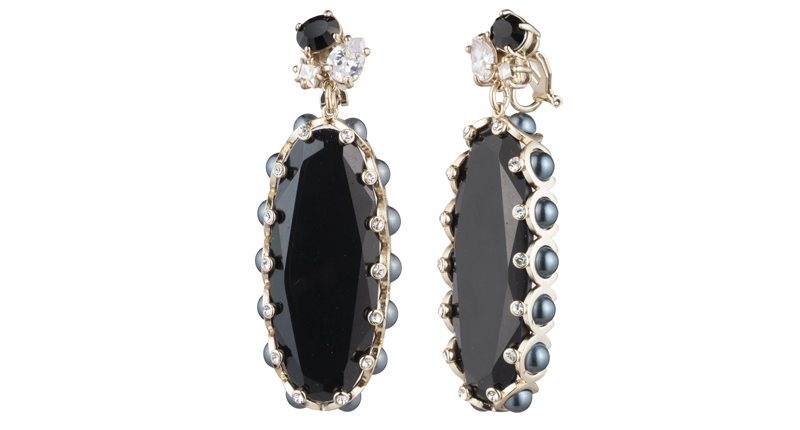
Brooks Brothers
I imagine the Brooks Brothers team looked incredibly stylish on their way to file for bankruptcy protection in July.
The 202-year-old retailer, known for its preppy attire and fancy suits, was in need of financing and a new owner.
The company had begun looking for a buyer or a merger opportunity in 2019, but COVID-19 threw a wrench in the plans.
Largely a clothing retailer, Brooks Brothers is included on this list because of its jewelry subsidiary, Deconic Group LLC, which manufactures, merchandises, markets, sells and licenses the Alexis Bittar and Carolee fashion jewelry brands.
A spokesperson told National Jeweler back in July that the filing would have no effect on the delivery of the jewelry brands, as it was not going through a liquidation process, only a sale.
A familiar face, or two, swooped in to buy the storied retailer: mall owner Simon Property Group and licensing firm Authentic Brands Group.
The companies offered, and Brooks Brothers accepted, $325 million, a deal that kept 125 of its 424 retail locations open.
The Simon-ABG joint venture, known as the SPARC Group, has also teamed up to buy other struggling retailers, including Aéropostale and Forever 21.
Authentic Brands Group also acquired the intellectual property of Barneys New York, which made the bankruptcy list last year.
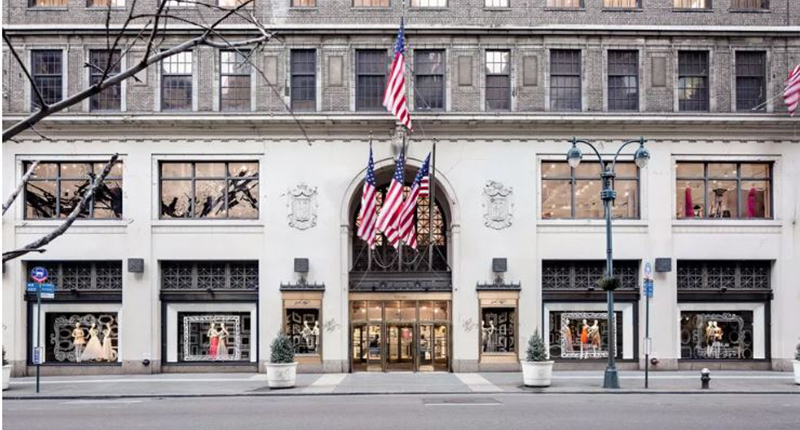
Lord & Taylor
Lord & Taylor joined Barneys New York as one of the classic New York department stores that are no more.
The department store chain, once a dry goods store, was founded by English immigrants Samuel Lord and George Washington Taylor in Manhattan’s Lower East Side in 1826.
It was a trailblazer and a retail pioneer in its heyday, bringing American designers into the spotlight and introducing the concept of personal shopping. It also selected Dorothy Shaver as its president in 1945, the first woman to lead a major retail store.
The 194-year-old retailer and its owner, clothing rental company Le Tote, filed for Chapter 11 bankruptcy protection in August.
Le Tote acquired the retailer, said to be the oldest department store chain in the United States, in November 2019 from Hudson’s Bay Company for $100 million.
Lord & Taylor’s 38 locations shut down temporarily in March due to the COVID-19 pandemic, and later, for good. The department store chain was on the lookout for a new owner, but no one stepped forward.
Though all of its locations are set to close, there are some stores still open for now.
For those holiday shoppers looking for a deal, Lord & Taylor locations are holding liquidation sales, though online shopping is no longer available.

CBL Properties and PREIT
Between lockdowns and social distancing measures, malls, already struggling with declining foot traffic, had an especially difficult 2020.
Mall owners CBL Properties and the Pennsylvania Real Estate Investment Trust, or PREIT, both filed for Chapter 11 bankruptcy protection in November.
CBL operates 107 malls and outlet centers in 26 states, primarily in the Midwest and Southeast.
Signet Jewelers is the company’s second-largest retailer, with 138 stores accounting for 3 percent of its total revenues, according to court papers included in the bankruptcy filing.
PREIT has 19 malls in eight states.
The pair of mall owners, in need of financing, both entered into restructuring agreements with lenders.
The malls remain open as they work through the restructuring process.
The Latest

The Indian retailer is expanding into areas with large Indian and South Asian communities.

The couple pleaded guilty to concealing at least $127 million in cash transactions at its precious metals businesses.

How Jewelers of America’s 20 Under 40 are leading to ensure a brighter future for the jewelry industry.

Consumers shared concerns about prices, inflation, tariffs, trade, and politics in the survey’s write-in response section.


In February 2026, the auction house will move its headquarters to the former Steinway Hall, a neoclassical landmark on Billionaires’ Row.

The new show will take place Jan. 23-25, 2026.

Roseco’s 704-page catalog showcases new lab-grown diamonds, findings, tools & more—available in print or interactive digital editions.

The former BHP Billiton leader and Gemfields chairman is remembered for his influential leadership throughout his 50-year mining career.

The LVMH-owned brand has partnered with the costume design union to revamp its award for 2026.

The luxury titan inked a deal to acquire an initial minority stake in the jewelry manufacturer with a pathway to full ownership by 2032.

The company’s curation of unsigned vintage and estate jewelry debuted at the Bloomingdale’s in Costa Mesa, California.

In the recent multi-shipment seizure, CBP also found counterfeit Audemars Piguet, Moncler, and Chrome Hearts items.

Jewelers of America execs and National Jeweler editors discuss tariffs, the sky-high gold price, and the engagement that broke the internet.

The luxury goods company said founder Ippolita Rostagno will remain at the brand’s helm.

Laura Burdese, who joined the Italian luxury brand in 2022, will take on the role in July.

Need a gift for the cat lover who has everything? Look no further than our latest Piece of the Week.

It purchased the “Grosse Pièce,” an ultra-complicated Audemars Piguet pocket watch from the ‘20s, for a record-breaking price at Sotheby’s.

The lab-grown diamond grower now offers custom engagement and fashion jewelry through its Kira Custom Lab Jewelry service.

Chandler got his start at Michelson Jewelers and has served as DCA president and CEO since 2001. He will retire at the end of the month.

The boutique is slated to open this week inside Terminal 8, offering pre-owned Rolex watches and more to international travelers.

Sponsored by Digital Monitoring Products

The special-edition egg pendant ingested in a New Zealand jewelry store was recovered after a six-day wait.

Associate Editor Natalie Francisco plays favorites with Piece of the Week, selecting a standout piece of jewelry from each month of 2025.

The “Love and Desire” campaign is inspired by the magic that follows when one’s heart leads the way, said the brand.

Two awardees will receive free tuition for an educational course at the Swiss lab, with flights and lodging included.

Berta de Pablos-Barbier will replace Alexander Lacik at the start of January, two months earlier than expected.











